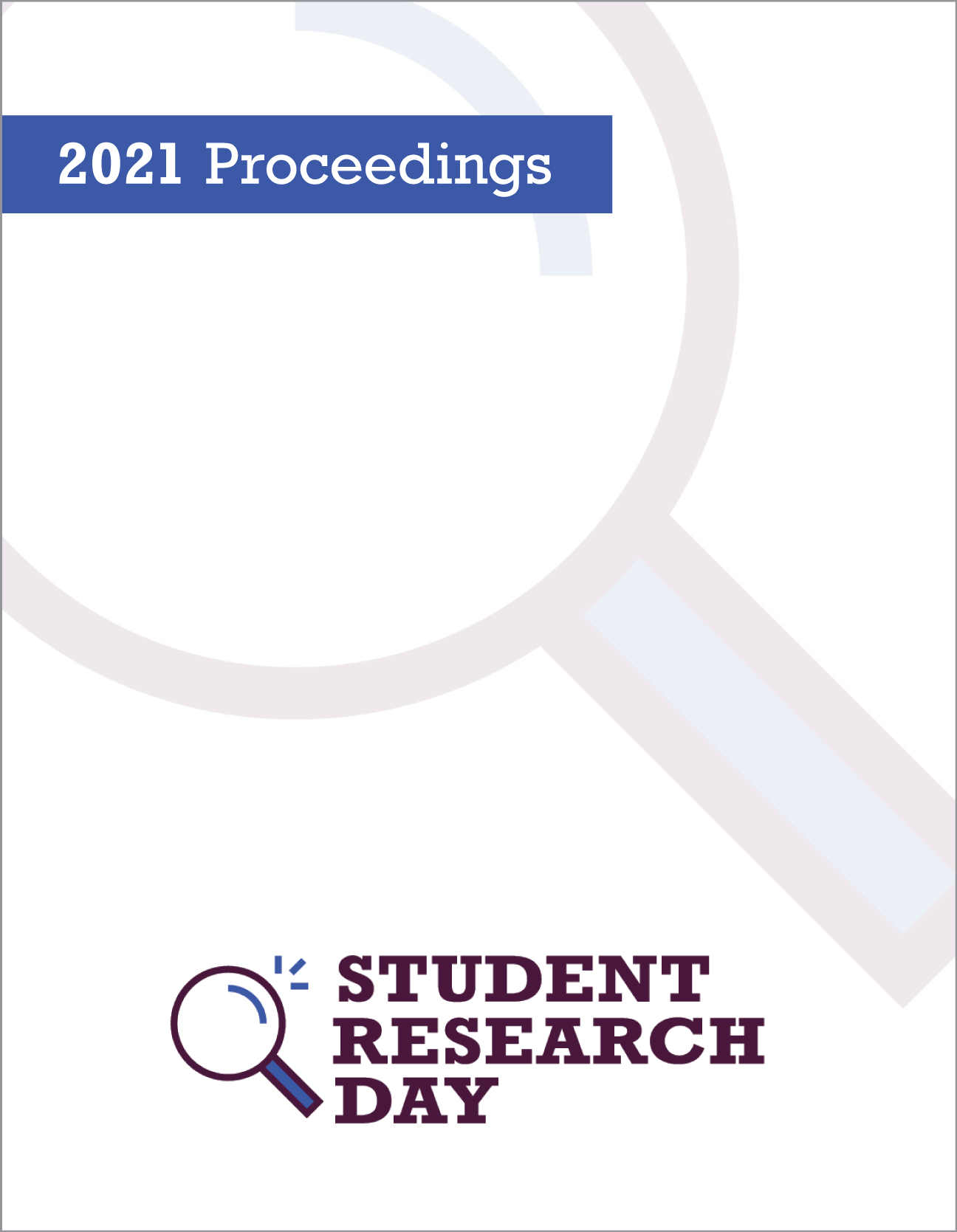Perceptions of Community Notifications in Canada
Abstract
When high-risk offenders reach the end of their sentence, the Canadian Criminal Justice System (CJS) no longer has a legal mandate over these individuals and is therefore required to release them into the community. Moreover, prosecutors and police officers are responsible for deciding whether to release a public disclosure notification about a high-risk offender, and whether the community where the offender will reside is informed of the offender’s release. Research on the perceptions and impact of community notifications have demonstrated that offenders view notifications as detrimental to reintegration into the community. In fact, media attention can cause significant problems when newly released offenders attempt to make prosocial gains, such as obtaining stable housing, finding employment, and avoiding victimization. When the offender is framed negatively, the public may have increased concerns as this may lead to a lack of understanding regarding the CJS and negative perceptions of released offenders. This may contribute to the overwhelming lack of public knowledge regarding sentencing decisions. One study showed that individuals were more likely to support parole decisions when justifications were clearly provided to them. It has also been demonstrated that the public has poor knowledge regarding offender sentencing and sentence lengths. Due to these research findings, this study looks to examine whether the public’s perceptions and knowledge of the criminal justice system could be modified if notifications include less legal jargon, greater explanation and justification for the release, and knowledge of the sentencing. The study followed a 2 x 2 x 3 factorial design where participants were provided a community notification regarding an offender in one of these possible conditions in this experiment. For this study, 306 participants were recruited from undergraduate psychology courses at MacEwan University. After reading one of 12 community notifications, participants completed a series of survey questions. The survey questions included four scales to measure the participants’ perceptions of the offender, their perceptions of the criminal justice system, their knowledge of the criminal justice system, and the likelihood of pursuing further information on the criminal justice system. We ran analyses of variance (ANOVAs) on each scale. When we examined participants’ perceptions of the offender in the community notification, we found a main effect of the jargon language used, which showed that participants who were shown notifications with legal jargon viewed the offender more favourably on the Social Distance Scale (M = 41.2, SD = 35.41) than those who read simpler language in their notifications (M = 30.3, SD = 27.8), F(1,172) = 5.91, p = .016, partial eta squared = .036. Analyses indicated a significant main effect of the explanation of release variable showing that participants given an explanation of the offender’s release (M = 5.4, SD = 0.93) were more likely to have accurate information pertaining to the notification than those not given an explanation (M = 4.73, SD = 1.12), F(1,265) = 8.57, p = .003, partial eta squared = .034. However, the explanation variable interacted with the use of jargon language, revealing that those who were not exposed to jargon language or given an explanation of the offender’s release had less accurate knowledge of the notification than those exposed to jargon language with or without an explanation and those exposed to release explanation and no jargon conditions. None of the analyses that included the likeability, risk/safety, satisfaction with the criminal justice system, general criminal justice knowledge, and likelihood to pursue further knowledge of the CJS scales revealed significant results. Contrary to our predictions, few of our study’s results supported our hypotheses. The implications of our findings for community notifications of offender releases and the utility of improving the presentation of information in these notifications will be discussed in this poster presentation.
Department: Psychology
Faculty Mentor: Dr. Sandy Jung
Published
Issue
Section
License
Authors retain any and all existing copyright to works contributed to these proceedings.



